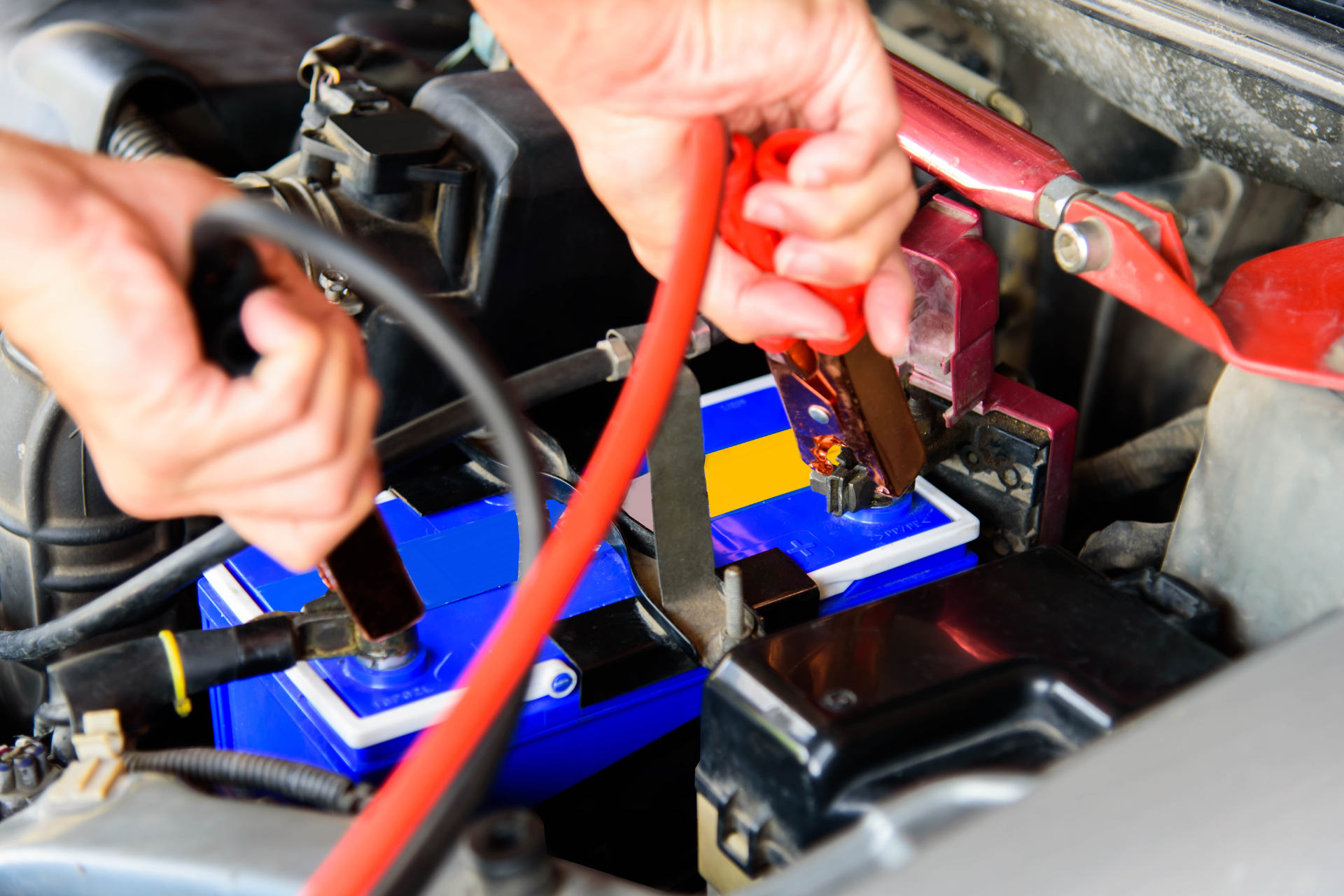
How to Jump-Start Your Vehicle
February 22, 2021
Iowa winters can be fun if you know how to survive them! One essential winter driving survival skill is how to jump-start your vehicle when your battery dies. The cold like we had in February 2021 puts a drain on battery life. Learn how to jump-start your vehicle to get a step ahead of the bitter winter weather—or to be prepared to help a friend or stranded motorist any time of year.
Get the Right Equipment
Every emergency plan for your vehicle includes the right equipment. A good set of jumper cables will set you back $20 or more, depending on how heavy duty you want those cables to be. If you want something more portable and slightly easier to use, look for a portable battery charger at your local automotive or discount store. It might cost $100 or more, but it could be worth it for convenience and safety.
Equal or Larger Vehicle Needed
Make sure the vehicle providing the charge is equal to or larger than your vehicle. It’s just common sense: a small economy car is unlikely to have the juice to charge a work duty pickup truck! For example, if you’re asking friends to charge your sedan, they should have a sedan, SUV, or pickup. Ideally, the voltage system of both vehicles would match up.
Safety First
To properly jump-start a car, you need to know how to do it safely. You have two vehicles — the dead one and the healthy one. It also helps to have two people—one to attach the jumper cables and one to start the dead vehicle.
Attaching Jumper Cables:
1. First, put both vehicles in Park with the ignitions off. Set the parking brake on, just in case. You might want to wear gloves for safety as well as warmth.
2. Second, attach a red connector to the POSITIVE terminal of the DEAD battery. The positive terminal has a POS or + symbol on it, and it is also larger than the negative terminal.
3. Third, attach the other red connector to the positive terminal on the healthy car. Take care to keep the other connectors separated from metal surfaces as you work. Then, attach the closest black connector to the negative terminal on the healthy car.
4. Finally, attach the black connector onto a raw metal surface in the dead vehicle. Choose a place away from the battery, such as a metal strut.
One way to remember the sequence is that you start with “Red to Dead,” then connect red to the donor vehicle, black to the donor vehicle and black to a metal ground.
NOTE: Remember to read the instructions provided with your vehicle and the jumper cables/battery starter.
Now, start the working vehicle and let it run for a couple of minutes while that vehicle charges the dead one. Then, try starting your dead vehicle. It may take a couple of attempts. If that doesn’t work, make sure the cables are properly connected and try again.
When you bring the dead vehicle back to life, take a moment to celebrate! Make sure to let it run as you remove the connectors in reverse order. The black metal ground comes off first, then black and red on the donor vehicle, then the red connector on the formerly dead vehicle. Again, take care as you remove the jumper cables from their connections.
Run Your Revived Ride
Now, don’t make the common mistake of turning off the vehicle right away and letting it sit. There’s more work to do! To give your ride the best chance of holding a charge, take it out for a 20-minute drive, especially if it’s cold. This allows it to charge up a bit. It’s a good practice to take a daily drive, especially during cold streaks like we had this winter.
If your battery is more than three years old, go to your mechanic or an auto parts store to get it tested so you can be sure it will start again next time. Most vehicle batteries last three to five years, but some can last longer.
Here at Waln Collision, we want you to be safe and prepared for Iowa weather. Make sure you know how to jump-start your car, and you’ll be on the road again in no time! Contact us today.